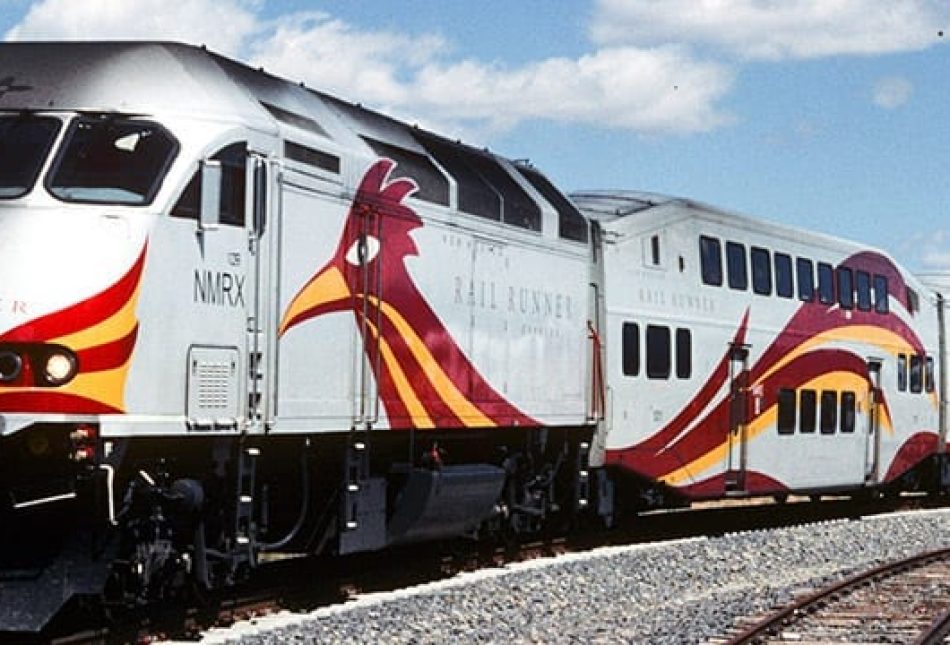Reports of Rail Runner’s success greatly exaggerated

Gov. Bill Richardson has been touring New Mexico touting the “success” of the taxpayer-financed Rail Runner commuter train. Recently, he has promoted the idea of transforming the train from a regional, commuter rail system operating between Santa Fe and the southern suburbs of Albuquerque to one that bisects the state traveling through Las Cruces on to El Paso and keeps going far beyond Santa Fe all the way to Denver.
Ambitious goals indeed, but they are founded on the assumption on the part of Richardson and other policymakers that the Rail Runner is a “success.” The problem arises in defining what success should look like.
In financial terms, it would be extremely hard to say the train is successful. After all, the infrastructure needed just to set the current 100 mile system up from Belen to Santa Fe cost average taxpayers, whether they use it or not, $400 million. This is a sunk cost that will never be paid back. That’s because the system operates at a significant and growing loss.
As the Rio Grande Foundation points out in a new study, “Red Ink Express,” according to information obtained from the managers of the Rail Runner, from the first date of service in July 2006 through May 31, 2009, the average daily “ridership” on the train was a mere 2,539. That number shrinks even further when its meaning is clarified. The Rail Runner’s “ridership” is calculated based on each individual boarding. That means a roundtrip commuter to Santa Fe from Albuquerque is counted twice, since they get on the train coming and going. The actual average number of daily commuters using the Rail Runner for its three years of operations is just under 1,270.
In addition, its annual operating and maintenance deficit is exploding. The data received from the Rail Runner’s management show that in 2006, the train’s first year of operation the operating deficit was $7.8 million. Its operating deficit last year was $10.8 million. Its operating losses for its third year of operation to May 31, 2009, already exceeded $13.4 million. That is a total of $32 million in operating losses so far.
This means that the taxpayer subsidy per commuter has also been increasing as the Rail Runner produces ever higher operating and maintenance costs far in excess of the fares it charges. The subsidy has grown from $6,128 per commuter in its first year to more than $10,500 this past year.
Taxpayers are effectively paying a select few to ride the rails instead of a taking a bus or driving. At the average daily ridership of 2,539, taxpayers were kicking in $16.89 per ride during the past year.
Considering that the trip from Las Cruces to Belen — the current southern terminus of the Rail Runner — is 191 miles, nearly twice the system’s current length, and that the proposed Raton to Santa Fe leg is an additional 176 miles, such an expansion of train service would cost an additional $1.5 billion just to construct. Since the prospective Rail Runner service areas are far more sparsely populated than the current service area, operating losses would likely exceed $50 million annually. These costs would, of course, be financed by New Mexico taxpayers, whether they ride the train or not.
The fact is that New Mexico faces a $300 million budget shortfall for the coming fiscal year. We could really have used the $400 million that was spent to build the Rail Runner right now, but we are beyond that point. With money scarce and the economy still in bad shape, it would seem that we should do the wise thing when one finds oneself in a hole: stop digging.
Paul Gessing is the President of New Mexico’s Rio Grande Foundation. The Rio Grande Foundation is an independent, non-partisan, tax-exempt research and educational organization dedicated to promoting prosperity for New Mexico based on principles of limited government, economic freedom and individual responsibility.

